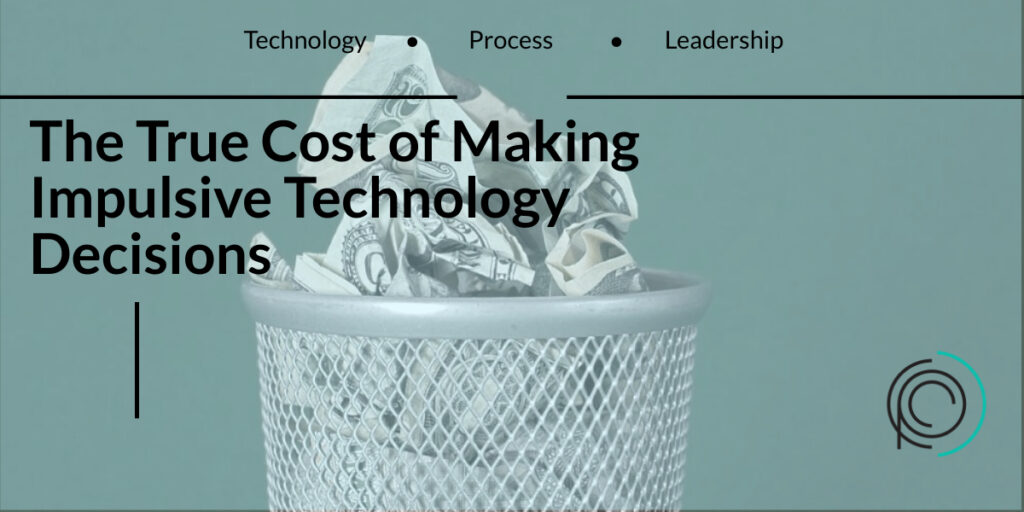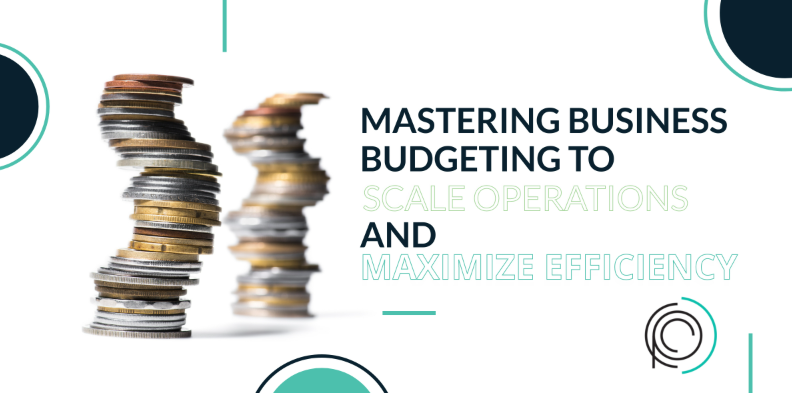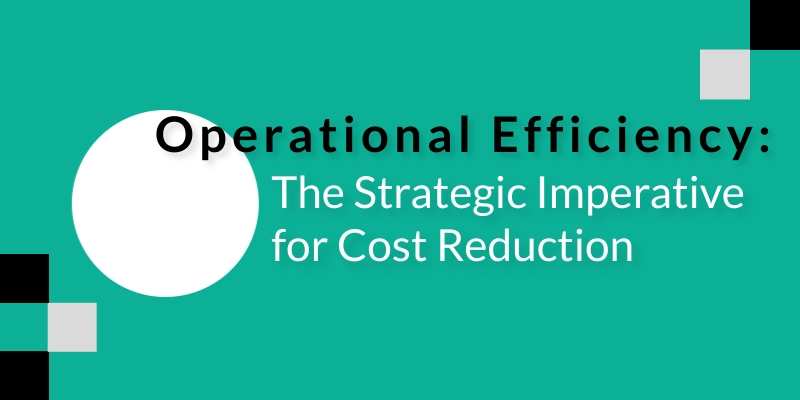Rethinking the Race: The Hidden Costs of Impulsive Technology Adoption in Business
Businesses today face an unparalleled level of pressure to outpace their competitors, adhere to ever-changing regulations, and stay abreast of rapidly evolving technology trends. The drive to operate in a manner that is smarter, faster, and more cost-effective is universal, yet it begs the question: at what expense? In the race to maintain a competitive edge, numerous organizations hastily adopt new technologies without fully considering the implications. The rationale behind such decisions is often based on past experiences or competitive analysis; it’s either, “We utilized Technology X at my previous company, and it worked wonders,” or “I’ve noticed our industry competitor leveraging Technology X, so it’s imperative we adopt it too.” However, the critical question that remains unaddressed is the true cost of these hasty decisions – could they potentially jeopardize your job, or even the company’s future?
These strategies frequently result in sunk costs, a term that may not be immediately understood by all. To elucidate, a sunk cost refers to resources that have already been invested and cannot be recovered. We often find ourselves trapped with outdated or inefficient technology because the investment – whether in terms of money, time, or both – is deemed too significant to abandon and start anew.
Let’s delve deeper into the adverse effects of making impulsive technology decisions. Beyond the initial financial outlay, these decisions can lead to operational inefficiencies, employee frustration, and a misalignment with the company’s strategic objectives. Moreover, the long-term costs associated with these decisions often extend beyond mere financial metrics, affecting the company’s reputation, employee morale, and potential market opportunities.
Understanding the implications of such decisions is crucial for any organization that wants to avoid the pitfalls of short-sightedness and truly invest in technology that offers sustainable, long-term benefits. By taking a more deliberate and strategic approach to technology adoption, businesses can not only save on unnecessary expenses but also position themselves for greater success in the increasingly competitive and technologically driven business landscape.
The Financial Costs of Impulse Technology Decisions
In the fast-paced world of technology, organizations frequently make impulse decisions without fully considering the financial costs associated with implementing new technology, particularly when it’s not the right fit. This oversight can lead to significant financial drawbacks. It’s crucial for organizations to thoroughly evaluate the financial implications of any new technology they’re considering. Rushing into decisions impulsively can result not only in wasted effort but also in the squandering of valuable resources and funds – a high price to pay for a decision made without ample consideration. Therefore, it’s imperative that great thought and careful analysis precede any technological investments to ensure that these decisions are both wise and beneficial in the long run.
The adage “just because the shoe fits, doesn’t necessarily mean it’s right for your business needs” is particularly apt when it comes to technology investments. Even if a solution seems to meet the immediate needs of a business, purchasing software or hardware without conducting thorough internal due diligence can result in acquiring technology that is more expensive than necessary or fails to meet the organization’s specific needs. This lack of alignment with business objectives can be a costly misstep.
When considering the “needs” of an organization, it’s important to evaluate the entire scope of requirements. This includes considerations such as shadow IT, legacy technology that may be outdated, user experience, the ability to integrate new solutions with existing systems, data management, and how the technology aligns with the future strategic goals of the business. Addressing these needs requires a comprehensive understanding that spans the perspectives of both the user base and leadership. Every stakeholder should be involved in the conversation about technological needs.
The temptation to choose an off-the-shelf solution can lead to purchasing unnecessary licenses, subscriptions, or functionalities that go unused, resulting in wasted investment. Additionally, organizations face the risk of outgrowing their chosen solutions too quickly or not adequately addressing pre-existing issues such as shadow IT. This highlights the importance of strategic planning and foresight in technology selection, ensuring that any investment not only serves the immediate needs but also aligns with the long-term vision and growth of the organization.
Operational Inefficiencies
One significant area where costs balloon due to impulsive technology decisions is through operational inefficiencies. When organizations hastily choose a technology solution without thoroughly assessing their unique needs, they often find themselves trapped in a maze of inefficient workflows, complicated processes, and rampant shadow IT issues. This essentially means that a decision was made to purchase an upgrade focusing solely on a singular need while neglecting various other less obvious but equally important needs. As a result, the team continues to rely on their manual workarounds and unauthorized third-party applications to accomplish their tasks; consequently, your company’s data remains exposed, vulnerable, and inauthentic.
A common yet critical oversight is failing to consult the actual users of these technologies. I frequently observe this mistake across various organizations. It’s crucial to understand that users may not even recognize the shadow IT solutions they’ve implemented to streamline their processes as such. They perceive these solutions as personal tools, tailored to enhance their efficiency or organization. The introduction of shadow IT is seldom with malicious intent; more often, it’s a desperate measure to make their jobs more manageable or more structured. Therefore, it falls upon the decision-makers to delve into the reasons behind these actions. It’s essential to identify what the current tools lack and how the organization can streamline processes to obviate the need for individuals to seek out their solutions independently.
Neglecting to involve and listen to users can have far-reaching consequences, leading to diminished employee engagement. Employees can become increasingly frustrated when forced to use tools that are ill-suited to their specific job functions or fail to complement their working environment effectively. This can be found in more detail through resources like how to boost employee engagement. The repercussions extend beyond internal operations; if customers interact with your business through its website or mobile app, investing in an inappropriate tool can not only deteriorate the customer experience but also introduce potential security vulnerabilities.
Moreover, this approach can inadvertently create a culture where innovation is stifled. Employees, feeling their needs and feedback are ignored, may become less inclined to contribute to future innovations or improvements. This can severely limit an organization’s ability to adapt and evolve with its industry’s changing demands. Investing time in understanding the full spectrum of users’ needs and the potential impacts of technology decisions can save costs, improve efficiency, and foster a more engaged and innovative workplace culture.
Lack of Support and Scalability Issues
One critical mistake that can arise from making an impulsive decision when selecting a technology solution is encountering problems such as inadequate support or scalability issues. Opting for a vendor with limited support options can leave you stranded when challenges arise, hindering your ability to efficiently resolve issues. Similarly, if the chosen solution cannot adapt to your evolving needs—whether due to an increase in customer volume, expansion into new markets, or changes in operational requirements—this lack of scalability can significantly impede your organization’s growth.
Moreover, the inability of a technology solution to scale with your business can lead to substantial financial losses over time. Not only might you face the direct costs associated with downtime and inefficiencies, but the indirect costs of seeking out, transitioning to, and training staff on a new system that better aligns with your organization’s needs and objectives can be considerable. The expenditure of time, money, and resources on a system that you eventually outgrow not only affects your bottom line but can also demoralize your team, affecting productivity and morale.
Therefore, it’s essential to conduct thorough research and consider long-term implications when choosing technology solutions. Look for vendors known for robust support and flexible, scalable solutions that can grow with your business, ensuring you’re investing in technology that supports your organization’s long-term success.
In summary, to achieve long-term success, it’s critical to first understand the exact needs of your current state by engaging with all relevant users and key stakeholders. This initial step lays the foundation for informed decision-making. Following this, it’s pivotal to dedicate sufficient time to meticulously research all the available options in the market. Rushing into technology decisions without this comprehensive understanding can lead to impulsive choices that might not align with your organization’s long-term goals and needs. Such oversight can result in significant sunk costs, which encompass a variety of financial burdens including the unnecessary expenditure on features your company may never use.
Moreover, operational inefficiencies often arise from employing tools that don’t suit your business processes, leading to wasted time and resources. Additionally, a lack of adequate support from vendors can leave your team stranded, especially during critical periods. Another crucial aspect to consider is the scalability of the chosen technology; failing to do so could severely inhibit your organization’s ability to expand at the desired pace.
It’s important to remember that any internal changes or decisions will indirectly impact your customers. For instance, choosing software that never directly interacts with customers but significantly improves internal efficiency can enhance customer satisfaction through faster service delivery and improved product quality. Therefore, taking the time to carefully assess your options upfront is not just about avoiding unnecessary costs; it significantly contributes to ensuring that businesses save money in the long run and fully leverage their investments.
For organizations looking to navigate these complex decisions and avoid the pitfalls of sunk costs, taking a strategic approach to technology investment is crucial. This includes not only understanding the immediate benefits of a new tool or system but also how it fits into the broader business strategy and contributes to long-term objectives.
If you’re seeking to expand your knowledge or require guidance on how to sidestep sunk costs and make technology decisions that propel your organization forward, connect with one of our experts today. Our team is dedicated to helping you understand the nuances of technology investment and ensuring that your business is equipped for both current and future challenges.







